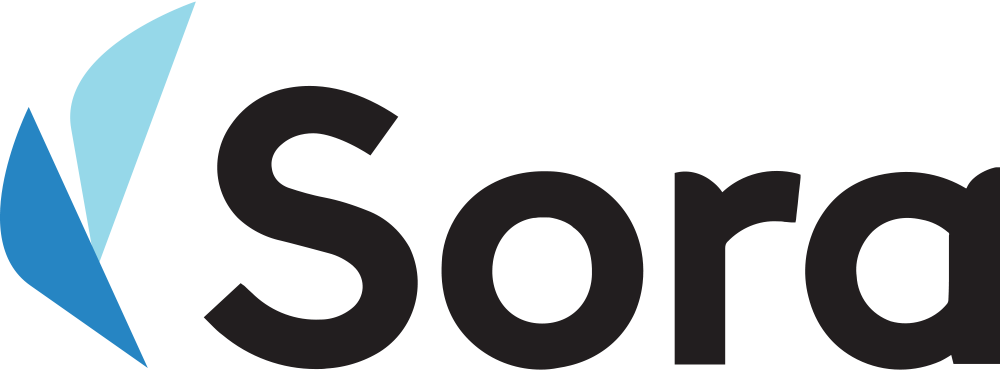Putting your cash to work: I Bond edition
Welcome to our cash management series. In this three part series we’ll be going through ways you can grow your money in inflationary environments. In today’s article, we’ll go over I Bonds and how they can be used to grow your money.
Introduction
Have you ever heard of the saying “cash is king”? If people weren’t saying this before, they are certainly saying it now. The price of consumer goods has increased over the past several months and things are generally more expensive. When consumer spending decreases, there’s more liquid cash sitting around begging the question, “Where should I put my cash?”. The short answer is, wherever you can get the best yield. Today one of those asset vehicles is the Series I Bond.
What is a Bond?
Bonds are currency vehicles that governments and municipalities issue to buyers. When buying a bond, the US government guarantees the principal bond amount as well as the interest earned at the end of the term.
I Bonds help protect you from inflation. The I bond is an inflation-adjusted bond backed by the United States government. The rate that one would get is tied to the consumer-price index (CPI), which indicates how much consumers are spending in a period of time. I Bonds typically have a lock-up period of 12 months with the interest rate adjustment occurring at the six month checkpoint.
What is the maximum amount I could purchase?
In one calendar year (meaning a Jan. 1st reset) you may electronically buy up to $10,000 in I Bonds. To get around this limit you may buy up to $5,000 in paper I Bonds using your tax refund.
How does my money look with an I Bond?
A $5000 I bond bought between May-October at the current rate of 9.62% will yield $240 during the first six months. On Nov. 1st a new rate of 6.47% will be applied to $5,240, earning $170. In 12 months with an I bond you have earned $410.
Where do I buy I Bonds?
Electronic bonds can be purchased through the TreasuryDirect website. You can also buy paper bonds through your IRS tax return. One thing to note here is that your broker or advisor cannot buy I bonds for you, nor are the bonds available in your tax sheltered accounts (e.g., Roth IRAs or 401ks).
What are the benefits?
I Bonds are risk free just like cash, but yield better returns.
I Bonds compound every six months but when an I Bond is held, there are no federal taxes due until you cash out.
Interest is paid as a lump sum at cash-out
When do I Bonds mature?
I Bonds lock up your money for 12 months after which you are allowed to cash out. Withdrawing within the first 60 months will incur a three month interest penalty. Typically these bonds mature for up to 30 years.
How long is the 9.62% rate valid for?
You have until Oct 28, 2022 to jump on the rate after which the rate will decrease to 6.47%.
Conclusion
In high inflation times it’s important to understand that there are still opportunities to grow your money. Bonds are certainly a vehicle for your money, but are not the only vehicle. Stay tuned over the coming weeks as we continue our money management series!
